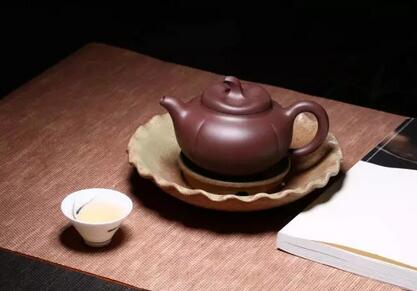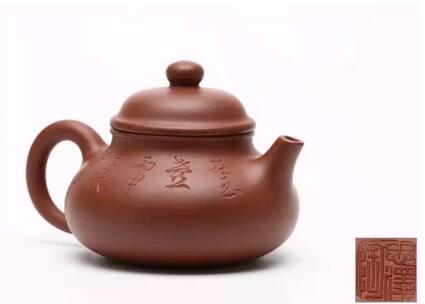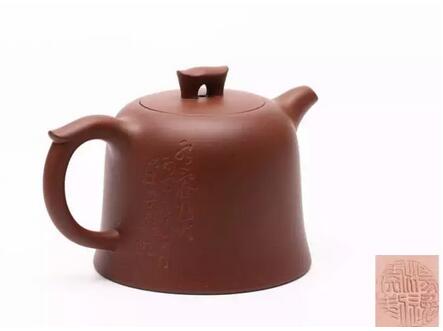"The best vessel for tea is clay, and the finest clay comes from Yangxian (Yixing)." Yixing teapots are widely regarded as the ideal器具 for brewing tea, and their charm is further enhanced when paired with tea.
It is known that Yixing teapots improve with use, as their porous structure allows tea to retain its flavor. However, some people leave tea in the pot for extended periods to "season" it, believing that accumulated tea stains enhance the taste. While this may add a sweeter note, it also poses hygiene and functionality issues.


▲ Persimmon Teapot
Before using a new teapot, it is advisable to rinse it several times with hot water and tea leaves, then thoroughly clean it inside and out to remove any residual clay particles. (The methods mentioned earlier can help eliminate any resulting odors).
Why should tea stains not be left?
1 Some claim that tea stains "season" the teapot and need not be cleaned. However, the透气性 of Yixing teapots, a key feature, is compromised when stains fill the pores. Over time, this buildup can also become unhygienic.
Stains make cleaning more difficult, so regular maintenance is crucial. Daily rinsing and periodic deep cleaning are equally important.


▲ Rong Tian Teapot
2 Modern research confirms that tea stains form when茶多酚 in tea reacts with metal residues in water, producing harmful substances like cadmium, lead, and arsenic. These can adhere to the teapot's surface, making it essential to clean the teapot after each use.
Method for cleaning tea stains:
Add a spoonful of baking soda to the teapot, fill it with boiling water, and let it sit for 10 minutes. Gently scrub the interior with a soft brush, and the stains will dissolve into yellow liquid. Avoid cleaning the exterior to preserve the teapot's finish.


▲ Golden Bell Teapot
Patience is key—avoid using abrasive materials like金刚砂 polishing cloths, as they can scratch the surface. Instead, use a coarse cotton cloth or a nylon brush for gentle cleaning.
After each use, wipe the teapot with a clean cloth to prevent tea residue from accumulating on the surface, which can create an undesirable glossy appearance disliked by collectors.